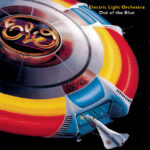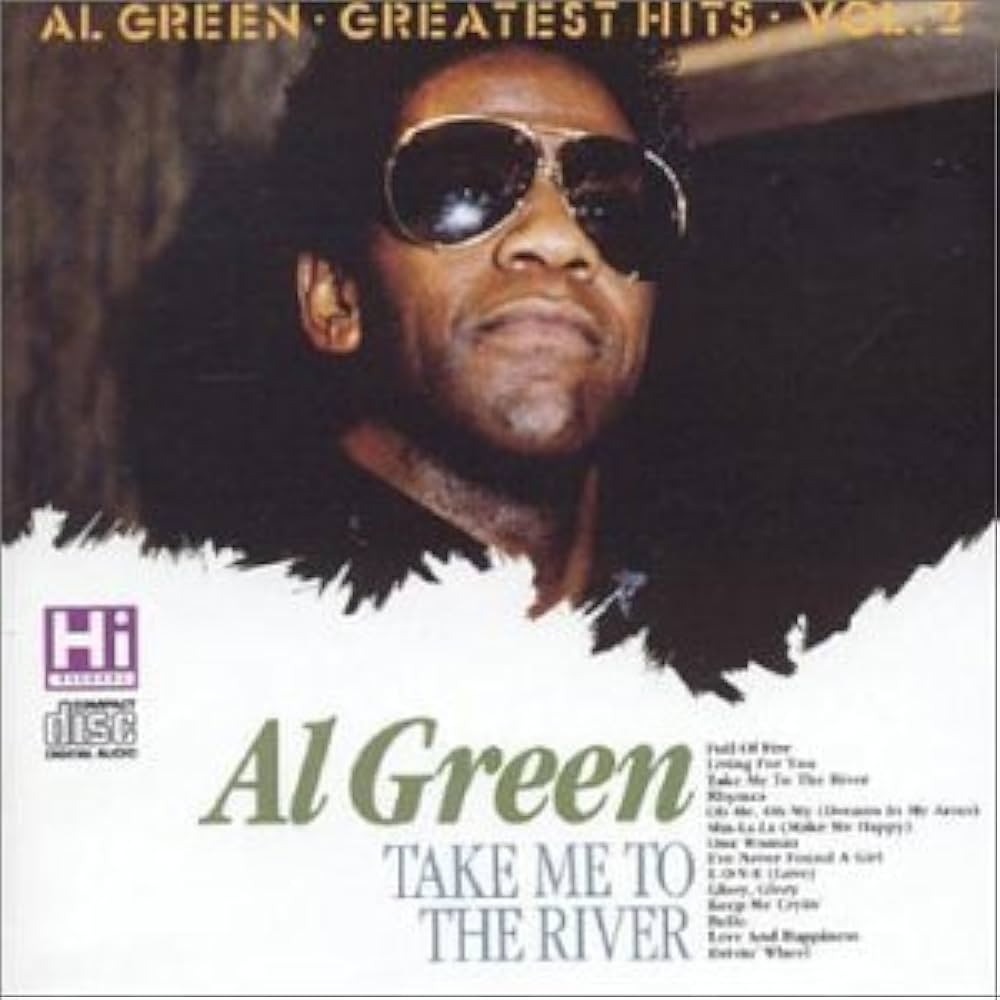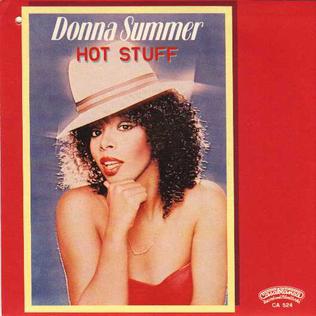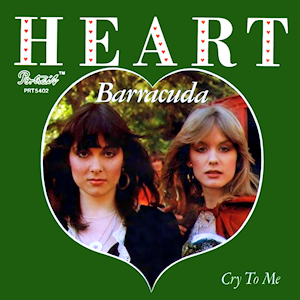 When the first notes of Electric Light Orchestra’s “Mr. Blue Sky” burst into the air in 1977, listeners were immediately transported into a sonic world of exuberance, optimism, and orchestral grandeur. Featured on the album Out of the Blue, the song has since become one of ELO’s most iconic tracks, celebrated for its lush production, intricate arrangements, and ability to capture the joy of a perfect, sunlit day. Over four decades later, “Mr. Blue Sky” remains a quintessential expression of pop orchestration, merging rock, classical motifs, and upbeat storytelling into a masterpiece that continues to resonate across generations.
When the first notes of Electric Light Orchestra’s “Mr. Blue Sky” burst into the air in 1977, listeners were immediately transported into a sonic world of exuberance, optimism, and orchestral grandeur. Featured on the album Out of the Blue, the song has since become one of ELO’s most iconic tracks, celebrated for its lush production, intricate arrangements, and ability to capture the joy of a perfect, sunlit day. Over four decades later, “Mr. Blue Sky” remains a quintessential expression of pop orchestration, merging rock, classical motifs, and upbeat storytelling into a masterpiece that continues to resonate across generations.
From the first electrifying strings to the jubilant vocals of Jeff Lynne, “Mr. Blue Sky” embodies the kind of sonic optimism that is rare in rock music. It’s more than just a catchy tune—it is a meticulously crafted celebration of light, hope, and musical inventiveness. The song reflects the creative vision of Lynne, who not only wrote and produced the track but also performed the majority of the instruments, sculpting a sound that is simultaneously rich, complex, and immediately accessible.
Electric Light Orchestra: Crafting Orchestral Rock
Electric Light Orchestra (ELO) emerged in the early 1970s as a band determined to fuse rock and classical sensibilities. Fronted by Jeff Lynne, the group sought to integrate orchestral instruments—strings, cellos, and synthesizers—into the traditional rock ensemble, creating a cinematic and layered sound that was both grandiose and intimate.
By the time “Mr. Blue Sky” was conceived, ELO had established a reputation for ambitious arrangements and meticulous production. Out of the Blue, a double album, was the band’s attempt to push the boundaries of pop-rock, combining epic conceptual themes with tight, memorable melodies. “Mr. Blue Sky,” the album’s seventh track, became the crown jewel of this effort, demonstrating that pop music could be both commercially appealing and compositionally sophisticated.
Lyrics: A Celebration of Optimism
Lyrically, “Mr. Blue Sky” is a joyous ode to sunlight, good weather, and the relief of a dark, stormy period giving way to clear skies. The song opens with a dramatic orchestral introduction that mimics the clearing of clouds, followed by the iconic lyric:
“Sun is shinin’ in the sky, there ain’t a cloud in sight
It’s stopped rainin’ everybody’s in a play”
The lyrics are deceptively simple, conveying a sense of communal relief and happiness that is universal. Yet beneath the surface, there is a subtle reflection on contrast—the exhilaration of bright days is heightened by the memory of storms, both literal and metaphorical. This interplay between darkness and light, struggle and joy, gives the song emotional depth, allowing it to resonate beyond its upbeat exterior.
The song also employs playful personification, addressing the titular “Mr. Blue Sky” directly and inviting the sun and good fortune into the listener’s life. This whimsical approach reinforces the song’s celebratory tone while demonstrating Lynne’s flair for crafting lyrics that are simultaneously simple, imaginative, and memorable.
Musical Composition and Production
Musically, “Mr. Blue Sky” is a triumph of arrangement and production. Jeff Lynne’s genius is evident in the song’s layering, which combines traditional rock instrumentation with orchestral elements, choir-like harmonies, and inventive sound effects. The track opens with a striking sequence of synthesizer, guitar, and string motifs, immediately establishing a mood of optimism and energy.
One of the song’s defining features is its use of vocal harmonies, with Lynne and his supporting singers creating a choral texture that is both jubilant and cinematic. This approach, influenced by The Beatles’ later works, lends a sense of grandeur and emotional resonance, turning the song into a miniature symphonic journey.
The rhythm section drives the momentum with a tight, upbeat pulse, while glockenspiel and other percussion instruments add sparkle and lightness. The song’s bridge introduces playful, almost whimsical sound effects—bird calls and other ambient noises—enhancing the sense of narrative progression from storm to sunshine. Each element, no matter how small, contributes to a meticulously orchestrated whole that remains energetic, cohesive, and joyous.
Cultural Context and Reception
Released in the late 1970s, “Mr. Blue Sky” arrived during a period of social and political turbulence, from post-Vietnam tensions to economic uncertainty. In this context, the song’s infectious optimism provided a form of musical escapism—a celebration of joy and the simple pleasures of life. Its bright, almost euphoric tone made it an anthem for positivity, resonating with listeners seeking relief from the pressures of the world.
The track achieved commercial success, charting in multiple countries and becoming a staple on radio stations. Its accessibility, combined with the sophistication of ELO’s production, allowed it to appeal to a wide range of audiences, from casual pop listeners to dedicated fans of rock orchestration. Over time, “Mr. Blue Sky” has grown into a cultural touchstone, appearing in films, television shows, commercials, and even sporting events, solidifying its place as one of the most recognizable and enduring songs in popular music history.
Themes of Light, Joy, and Renewal
“Mr. Blue Sky” is fundamentally about contrast—the exhilaration of brightness after darkness, the relief of clarity after confusion. The song’s optimism is heightened by the implied memory of gloom, making its celebration of light and joy all the more profound. This thematic interplay mirrors the human experience, reminding listeners that happiness and contentment are often defined by contrast, and that the arrival of brighter days is always more precious when it follows challenges.
Moreover, the song’s whimsical elements—singing birds, playful synths, and choral harmonies—emphasize a childlike sense of wonder. Lynne encourages listeners to embrace joy fully, to revel in the vibrancy of life, and to find beauty in both the grand and the simple moments. In this way, “Mr. Blue Sky” transcends its pop-rock categorization, offering a philosophical and emotional resonance that remains relevant decades later.
Live Performances and Audience Connection
Live performances of “Mr. Blue Sky” underscore its infectious energy and communal appeal. ELO’s concerts often use the track as a climactic moment, with audiences responding to its soaring melodies, jubilant lyrics, and rhythmic momentum. The song’s participatory nature—listeners naturally clap, sing, and sway along—makes it a live favorite and a demonstration of music’s power to unify and energize.
In modern performances, tribute acts, orchestral adaptations, and covers by other artists further demonstrate the song’s versatility and enduring charm. Its ability to connect with audiences of all ages and backgrounds speaks to the universality of its themes and the brilliance of its composition.
Influence and Legacy
“Mr. Blue Sky” has had a lasting impact on both popular music and broader culture. Its combination of rock energy, orchestral complexity, and thematic optimism influenced subsequent generations of musicians seeking to merge sophistication with accessibility. Artists across genres, from pop to alternative rock, have cited ELO’s layering techniques, melodic inventiveness, and production aesthetics as inspiration.
The song has also become a cultural shorthand for happiness, hope, and sunshine, frequently appearing in media to evoke positivity and joy. From movie soundtracks to viral social media moments, “Mr. Blue Sky” continues to serve as an auditory emblem of optimism, bridging generational and cultural divides.
Why ‘Mr. Blue Sky’ Endures
The enduring appeal of “Mr. Blue Sky” lies in its perfect balance of musical craftsmanship, lyrical charm, and emotional resonance. It is both instantly enjoyable and endlessly rich, offering layers of orchestration, subtle production nuances, and thematic depth beneath a catchy, accessible surface.
Its optimism is not superficial; it is informed by contrast and human experience, making its joy feel earned rather than forced. The song’s playful instrumentation, vocal harmonies, and inventive sound effects create a musical world that listeners can inhabit, offering both comfort and exhilaration.
Conclusion: A Timeless Anthem of Joy
Electric Light Orchestra’s “Mr. Blue Sky” is more than a pop hit; it is a meticulously crafted celebration of life’s brightness, a musical exploration of joy and renewal, and a testament to Jeff Lynne’s genius as a songwriter and producer. Its intricate arrangements, exuberant melodies, and timeless optimism have secured its place as one of the most beloved and enduring songs of the 20th century.
Through its fusion of rock, orchestral grandeur, and narrative playfulness, “Mr. Blue Sky” invites listeners to experience the world with open hearts and joyful anticipation. It is a reminder that music has the power not only to entertain but also to uplift, inspire, and illuminate the simple pleasures of existence.
With its radiant harmonies, soaring instrumentation, and unrelenting optimism, ‘Mr. Blue Sky’ stands as an immortal celebration of light, energy, and the enduring human capacity for joy.


